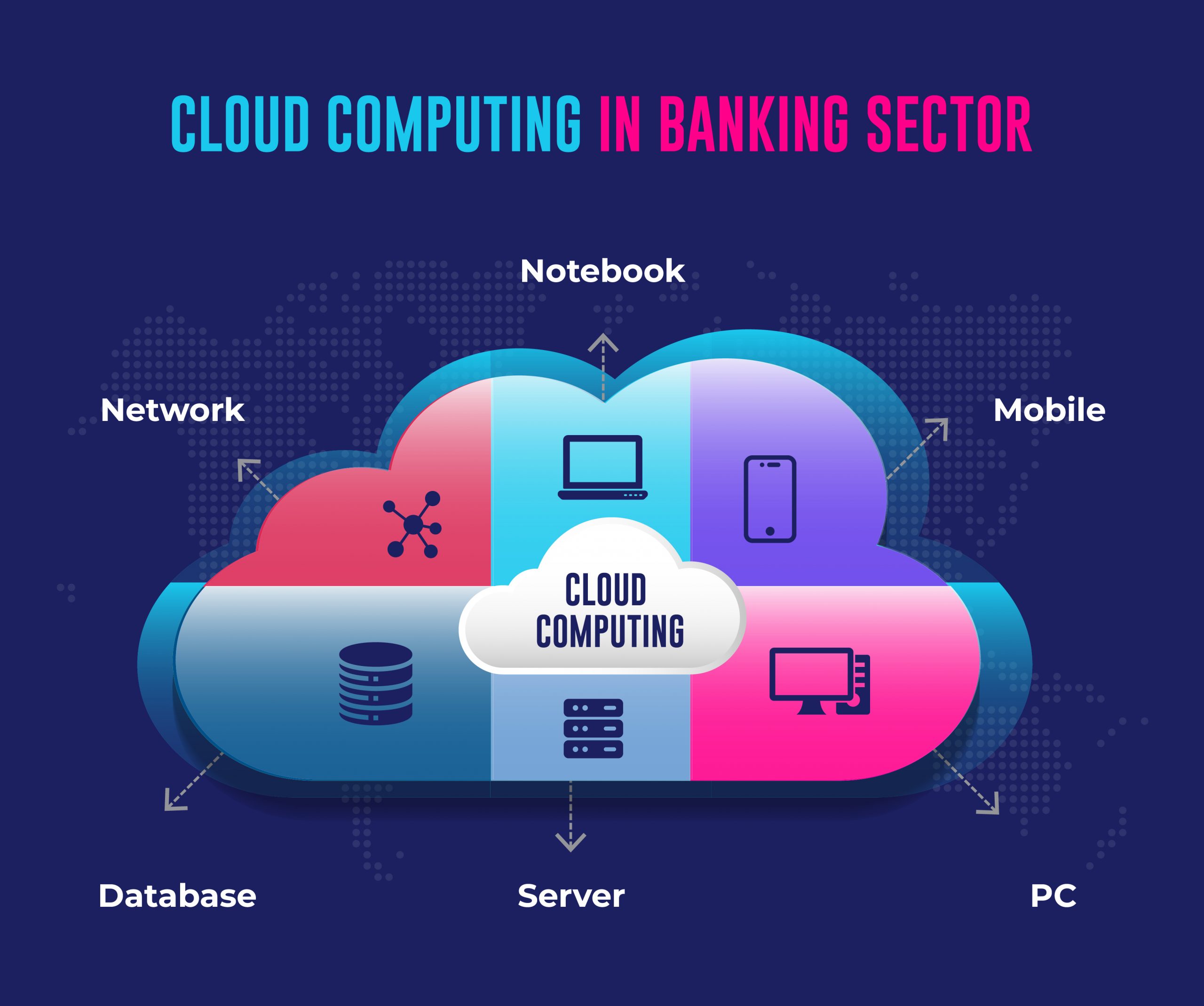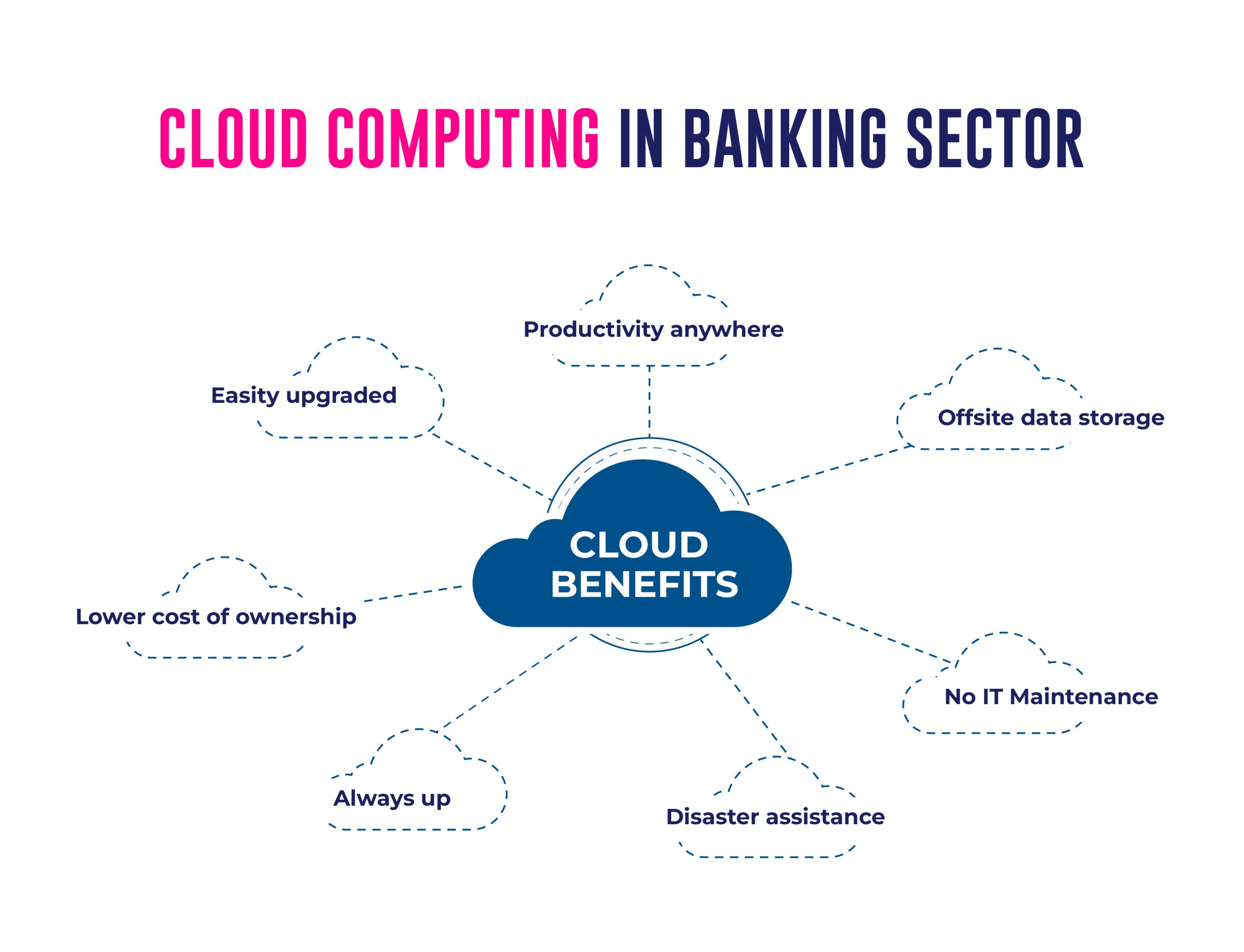Innovation has become the lifeblood of the banking sector as financial institutions strive to meet the evolving needs of customers in the digital age. Cloud computing has emerged as a powerful technology that accelerates innovation, enhances operational efficiency, and enables banks to deliver innovative products and services. This blog post explores how cloud computing is transforming the banking sector, enabling faster time-to-market, improved scalability, cost optimization, and enhanced security. Partnering with banking domain experts in digital operations and cloud implementations like Maveric Systems offers a distinct strategic edge to forward-thinking FIs.

Agility and Time-to-Market:
Cloud computing provides banks with the agility required to rapidly respond to market demands and introduce new products and services. The cloud offers a flexible and scalable infrastructure that allows banks to quickly provision computing resources, scale up or down as needed, and experiment with new ideas without significant upfront investments. With cloud-based solutions, banks can accelerate their development cycles, reduce time-to-market, and gain a competitive edge in the digital landscape.
Scalability and Flexibility:
The scalability of cloud computing allows banks to efficiently handle varying workloads and seasonal fluctuations in customer demands. Traditional on-premises infrastructure often struggles to scale effectively, leading to capacity constraints and performance issues. In contrast, cloud-based solutions provide virtually unlimited scalability, enabling banks to scale their resources on-demand and handle peak loads efficiently. This flexibility ensures that banks can deliver a seamless and consistent user experience even during periods of high demand.
Cost Optimization:
Cloud computing offers significant cost advantages for banks by eliminating the need for large upfront investments in hardware, infrastructure, and maintenance. With the cloud, banks can pay for computing resources on a usage basis, reducing capital expenditure and shifting towards operational expenditure. Additionally, the cloud enables banks to optimize costs by leveraging economies of scale, automating processes, and eliminating the need for redundant infrastructure. This cost optimization allows banks to allocate resources more effectively and invest in innovation and customer-centric initiatives.
Enhanced Security and Compliance:
Data security is a top priority for the banking sector, and cloud computing provides robust security measures to protect sensitive customer information. Cloud service providers offer advanced security features, such as encryption, firewalls, and access controls, to ensure data protection and regulatory compliance. These providers also invest heavily in cybersecurity measures, employing dedicated security teams and implementing rigorous monitoring and threat detection systems. By leveraging cloud services, banks can enhance their security posture and meet stringent regulatory requirements.

Innovation and Collaboration:
Cloud computing fuels innovation by providing banks with access to a wide range of advanced technologies and services. Cloud platforms offer a rich ecosystem of tools, APIs, and pre-built integrations that banks can leverage to build innovative applications, accelerate development cycles, and experiment with emerging technologies such as artificial intelligence and machine learning. Furthermore, cloud-based collaboration tools enable efficient teamwork and foster collaboration between different departments and external partners, promoting a culture of innovation within the organization.
Disaster Recovery and Business Continuity:
Maintaining robust disaster recovery and business continuity capabilities is vital for the banking sector. Cloud computing simplifies and enhances these critical aspects. Banks can leverage cloud-based backup and recovery solutions to ensure data resilience and minimize downtime in the event of a disaster. Cloud platforms offer geographically distributed data centers and redundant infrastructure, ensuring high availability and seamless failover capabilities. This resilience allows banks to recover quickly from disruptions, safeguard customer data, and ensure uninterrupted operations.
Conclusion
Cloud computing has emerged as a game-changer for the banking sector, enabling faster time-to-market, improved scalability, cost optimization, enhanced security, and streamlined innovation. By embracing the power of the cloud, banks can drive innovation, deliver personalized customer experiences, and remain competitive in the digital age. Cloud computing empowers banks to scale their infrastructure, accelerate development cycles, enhance security, and efficiently manage costs. With its agility, flexibility, and advanced capabilities,
About Maveric
Starting in 2000, Maveric Systems is a niche, domain-led Banking Tech specialist partnering with global banks to solve business challenges through emerging technology. 3000+ tech experts use proven frameworks to empower our customers to navigate a rapidly changing environment, enabling sharper definitions of their goals and measures to achieve them.
Across retail, corporate & wealth management, Maveric accelerates digital transformation through native banking domain expertise, a customer-intimacy-led delivery model, and a vibrant leadership supported by a culture of ownership.
With centers of excellence for Data, Digital, Core Banking, and Quality Engineering, Maveric teams work in 15 countries with regional delivery capabilities in Bangalore, Chennai, Dubai, London, Poland, Riyadh, and Singapore.











